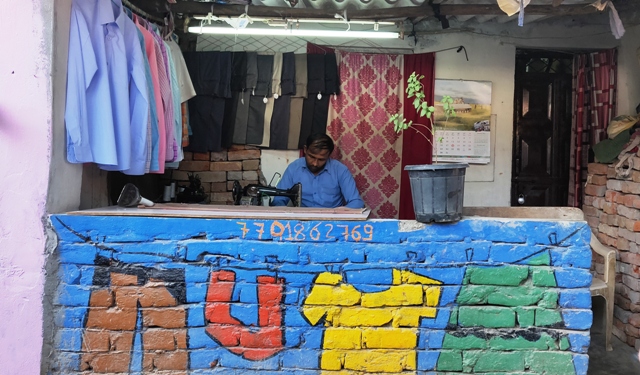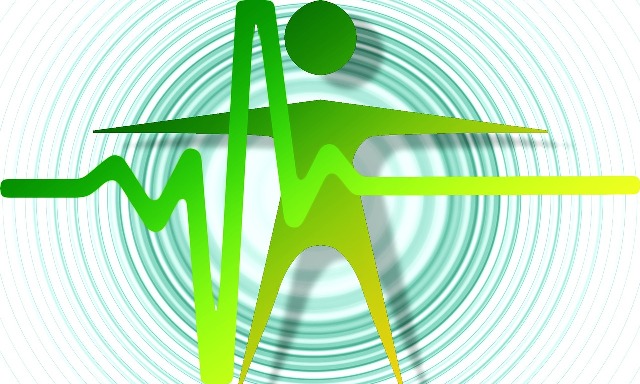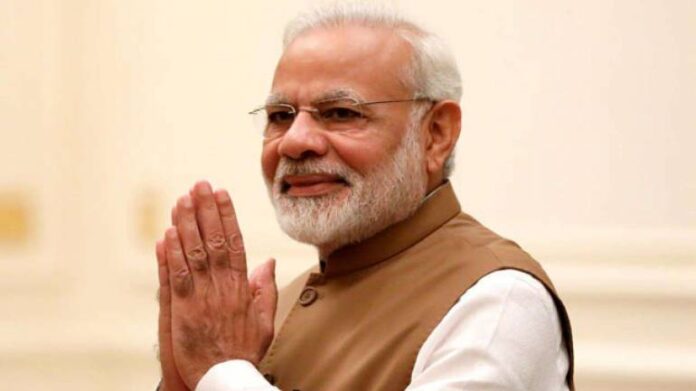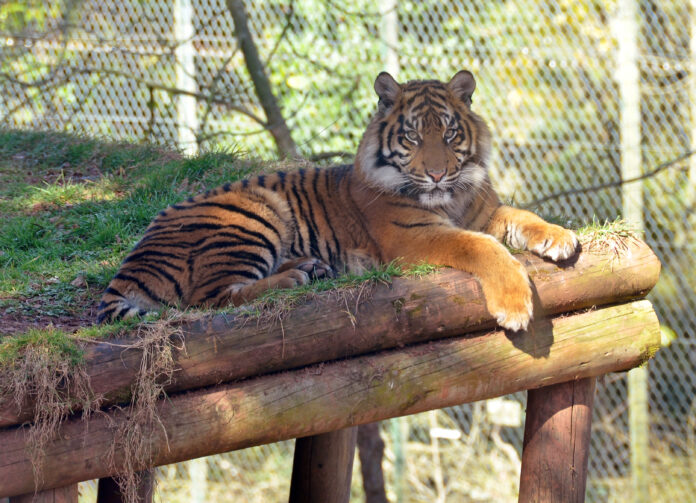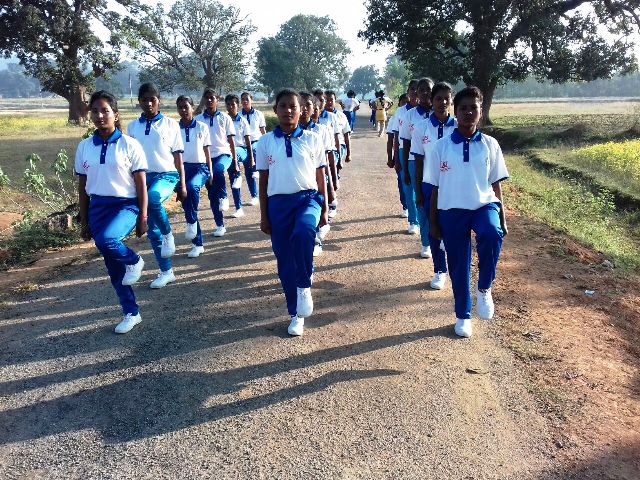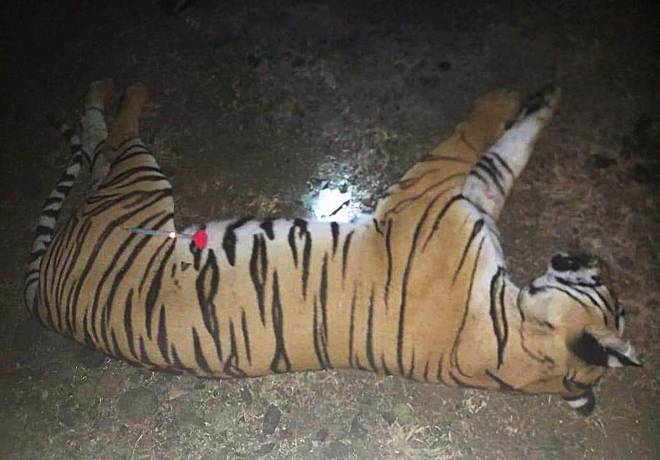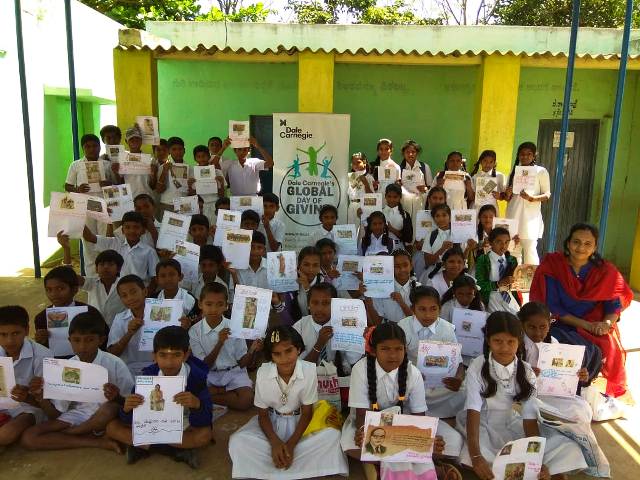An urban slum community comprising over 10,000 people situated in the heart of Chanakyapuri, amongst the poshest areas in the Delhi/NCR region, the Sanjay Camp was in dire need of beautification and a dash of colour. This need was met as over 2,000 students of 70 universities and colleges’ volunteers entered the locality with buckets of paint and brushes in tow.
Walls of the previously drab Sanjay Camp were transformed into a vivid canvas that showcased graffiti of Indian culture and tradition to further enable child-friendly communities.
This vibrant transformation was heralded by youth, who enthusiastically joined in to ‘Paint the Change’ at the long-standing slum that has been home to numerous families for several generations. Hundreds of young and energetic volunteers, artists, writers, and photographers turned up to paint, beautify, photograph, and tell stories about the Sanjay Camp slum community as part of a two-part social initiative, ‘Rang Badlav Ke – Paint the Change’, by Shalimar Paints.
Minal Srivastava, Vice President, Marketing, Shalimar Paints Limited, said, “Sanjay Camp has been home to numerous families for generations. It was time to brighten their lives with colours and give them a chance to tell their stories. We are thrilled to see the massive participation of the youth in this initiative.”
‘Rang Badlav Ke – Paint the Change!’ not only added some much-needed artistic splendor to the slum area but also helped preserve a neighbourhood which is a sanctuary to thousands of people.

